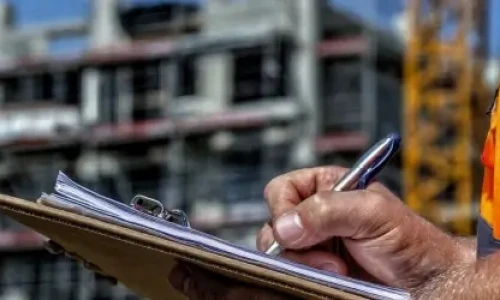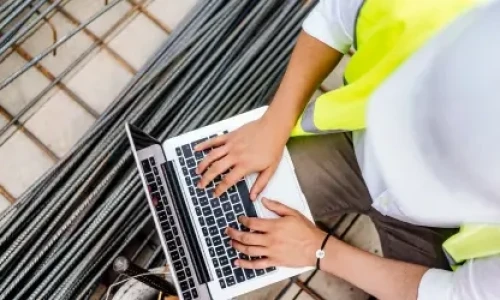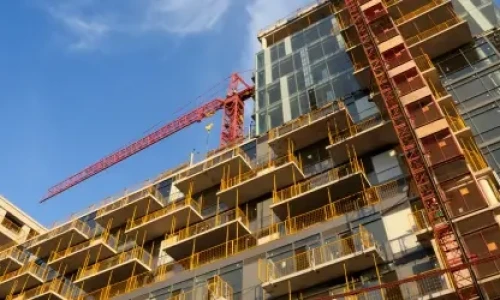

View navigation
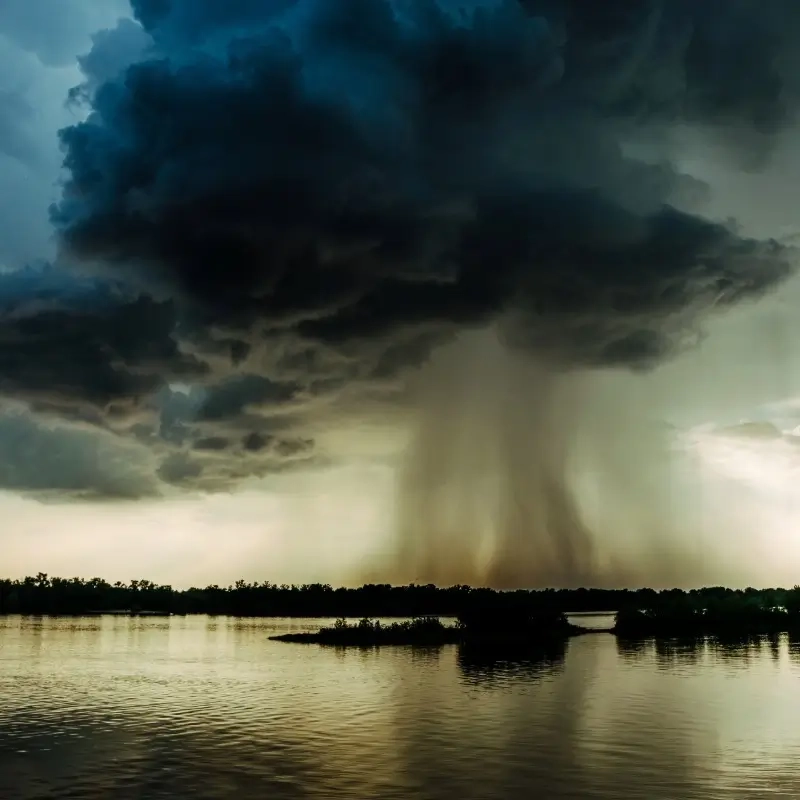
The Scale of the Challenge
Natural disasters don’t just damage buildings. They strain emergency response teams, disrupt utilities, and leave critical areas vulnerable to looting, vandalism, and unauthorized access.
When people evacuate, not everyone leaves their homes. Opportunists target these exposed sites during the chaos. Without scalable surveillance and real-time visibility, communities risk secondary crises that can occur beyond the initial disaster.
Protection Where it's Needed Most
During and after a natural disaster, security gaps can emerge instantly. Traditional systems often rely on fixed infrastructure, grid power, or manual patrols, all of which may be compromised or unavailable. Mobile surveillance units offer Emergency Management teams a smarter, faster alternative.
In the chaos of disaster response, mobile surveillance provides clarity, control, and confidence. It keeps first responders safer, protects property, and preserves critical infrastructure until recovery begins.
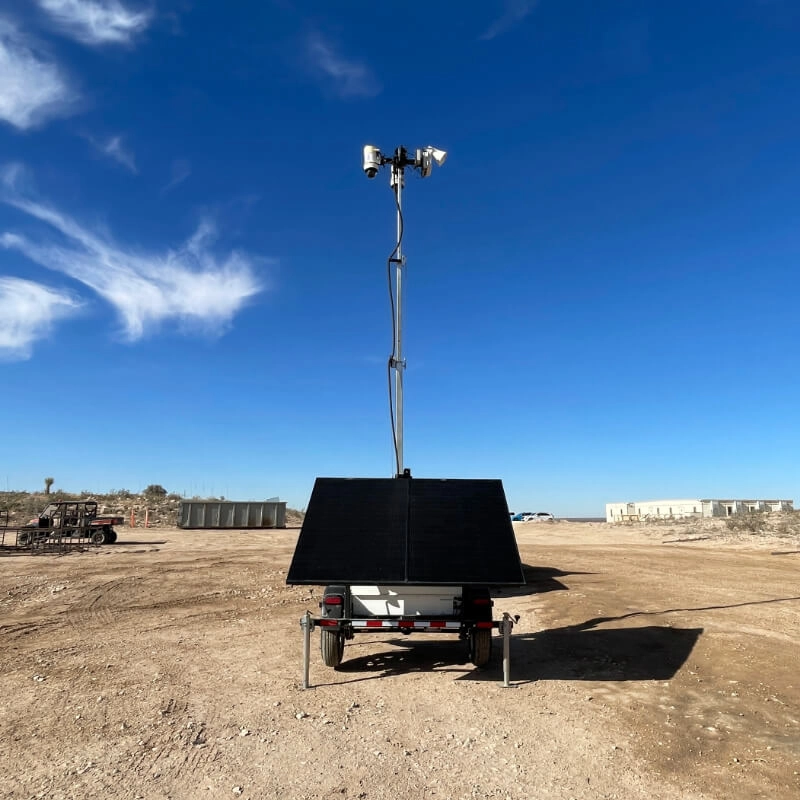
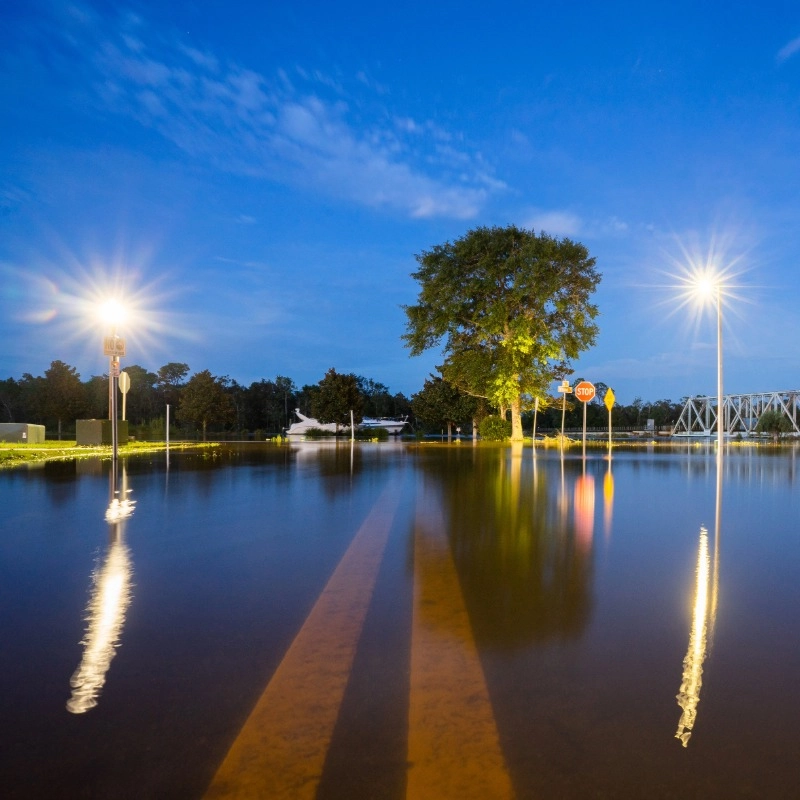
The Cost of Being Unprepared
When disaster strikes, speed and visibility are everything. Without a plan in place or the right surveillance infrastructure, communities and agencies face major risks.
Delaying action increases risk, reduces public trust, and drains already limited resources. Mobile surveillance units provide immediate visibility, serve as a deterrent, and support faster, data-driven responses.
Recommended Solutions
Natural disasters often knock out fixed infrastructure, including power, Wi-Fi, and communications. WCCTV's mobile surveillance units are designed to continue operating when other systems fail.
Mobile Solar Surveillance Trailers: These self-powered, standalone units are ideal for staging areas, evacuation routes, flood-prone regions, and key infrastructure points. Solar trailers deploy in minutes, run independently of the grid, and provide live and recorded footage via 4G/5G. Built-in AI analytics detect threats such as unauthorized entry, looting, or illegal dumping and trigger immediate alerts to first responders.
Pole Cameras: When power and mounting infrastructure are available, pole cameras offer a space-saving alternative for securing fixed entry points, clinics, utility stations, or bridges. Despite their compact size, they deliver full HD video, intelligent analytics, and live monitoring through the same connected platform.
The units are backed by a fully managed service, including configuration, deployment, monitoring, maintenance, and remote access via mobile or desktop.
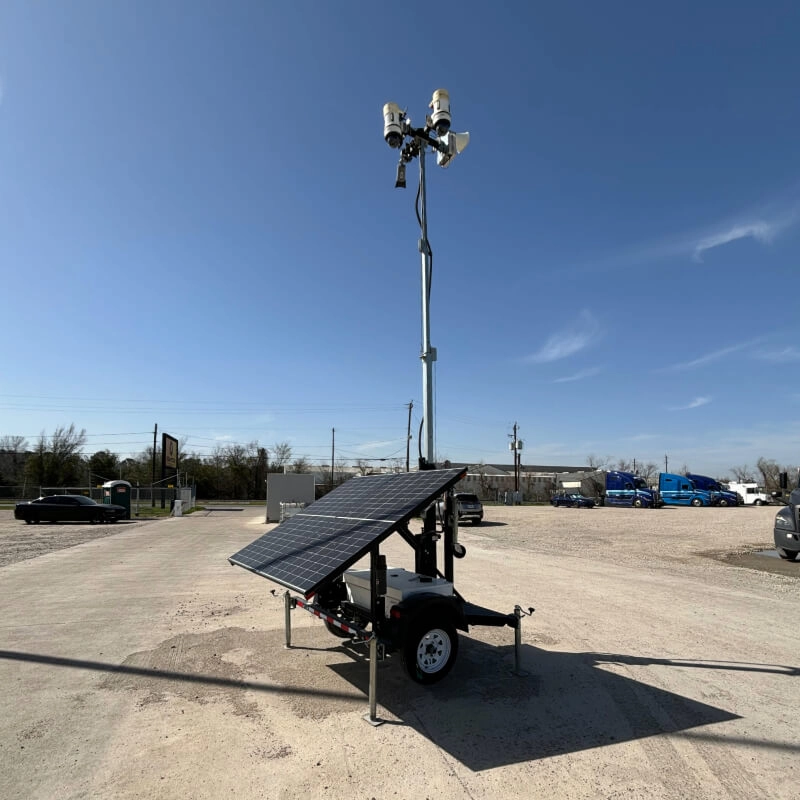
Reliability in a Crisis
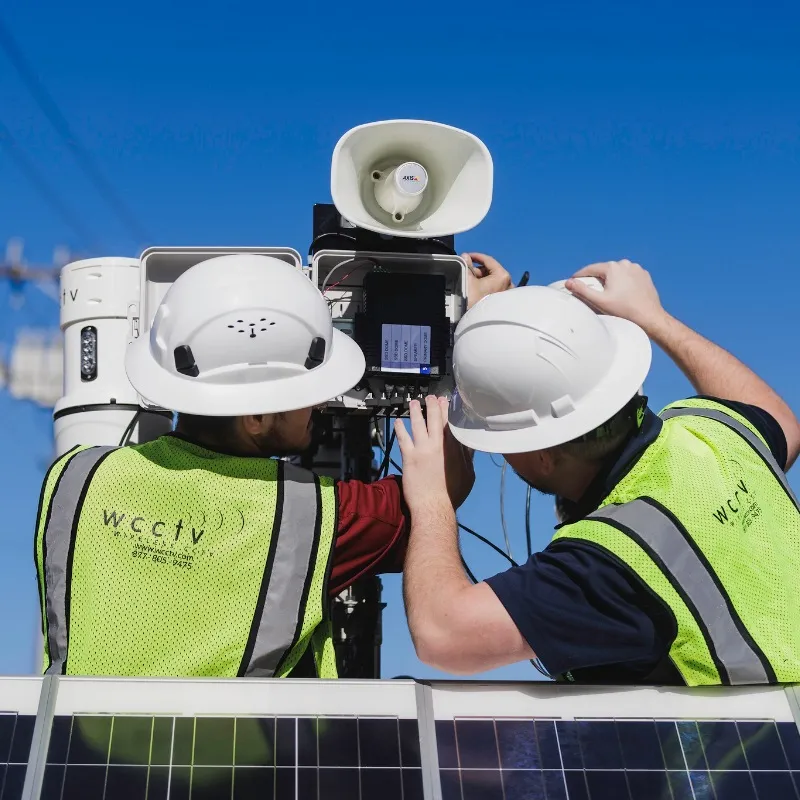
Performance Where Others Fail
When disaster strikes, WCCTV delivers fast, reliable security coverage where it's needed most. Our mobile surveillance cameras are trusted by government agencies, utility providers, and emergency response teams across the US.
We’ve supported post-hurricane recovery, wildfire monitoring, and flood response with equipment that deploys in minutes and stays online through grid outages, communications loss, and severe weather.
What sets us apart:
Our systems are smart, adaptable, and backed by US-based technical support.
Visibility When it Matters Most
During natural disasters, every second counts. Stellifii provides emergency teams with full access to live and recorded video, behavioral analytics, weather insights, and LPR data, all from a single, secure, cloud-based platform.
Whether you’re monitoring a single flood-prone area or coordinating response across multiple impacted zones, Stellifii delivers the situational awareness you need to act quickly and confidently.
Stellifii keeps your eyes on the ground, even when your teams can’t be.

Request a Demonstration
If you'd like any further information on our surveillance systems for emergency response, fill out your details and we will be in touch.
What is the Role of Mobile Surveillance in Natural Disaster Response?
Mobile surveillance units provide real-time visibility at disaster sites, helping emergency teams monitor conditions, secure key infrastructure, and manage resources remotely. They work independently of grid power or internet, making them ideal for disaster zones.
How Can Mobile Surveillance Systems Support Emergency Management Agencies?
Emergency management teams use surveillance trailers and pole cameras to secure evacuation zones, monitor hazardous areas, and coordinate multi-agency response efforts. The systems can detect motion, trigger alerts, and deliver live footage to decision-makers.
Are Mobile Surveillance Units Reliable During Power or Network Outages?
Yes, WCCTV’s mobile surveillance trailers operate fully off-grid using solar power and battery backups. They maintain uptime during outages, ensuring consistent monitoring when traditional systems fail.
Can Surveillance Cameras Be Used for Weather and Flood Monitoring?
Surveillance units can be paired with environmental sensors to monitor rainfall, temperature, and water levels in real time. This supports proactive decision-making around flood risk, road closures, and evacuation planning.
What Types of Sites Can Be Secured During Natural Disasters?
Mobile surveillance is commonly deployed to protect evacuation centres, emergency supply depots, remote infrastructure, clinics, staging areas, and damaged commercial properties where fixed systems are down or impractical.
From the Blog

